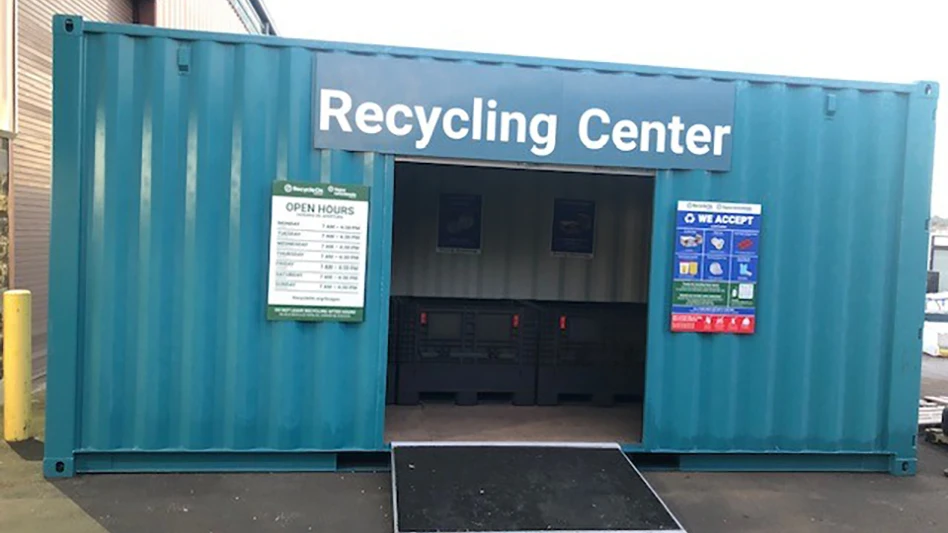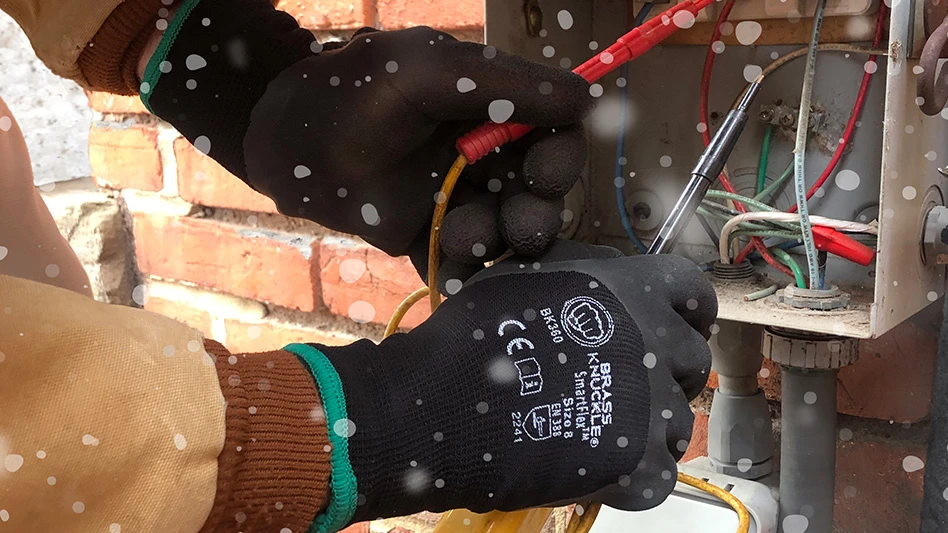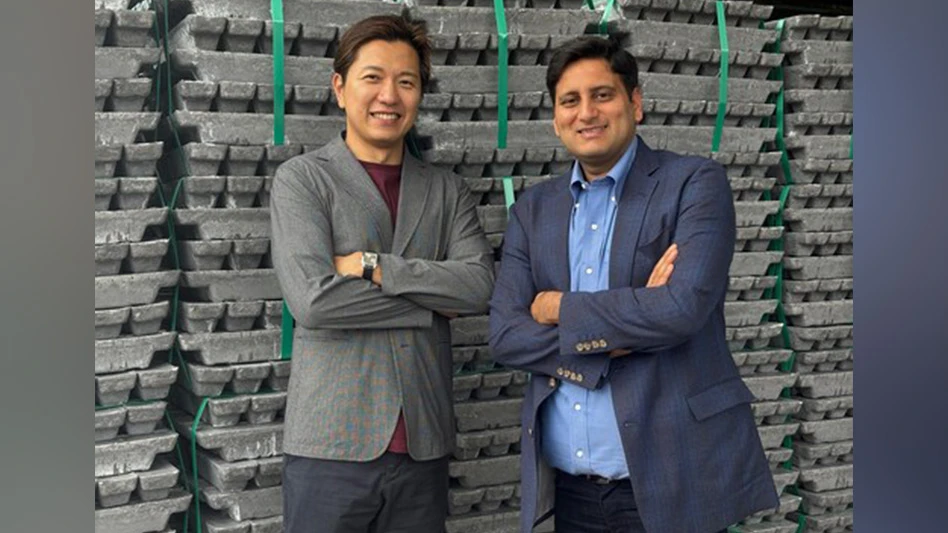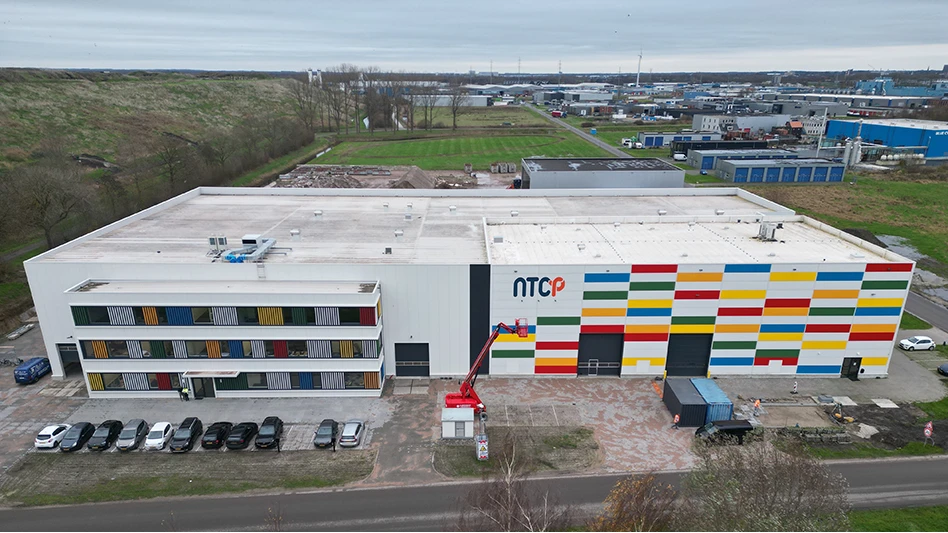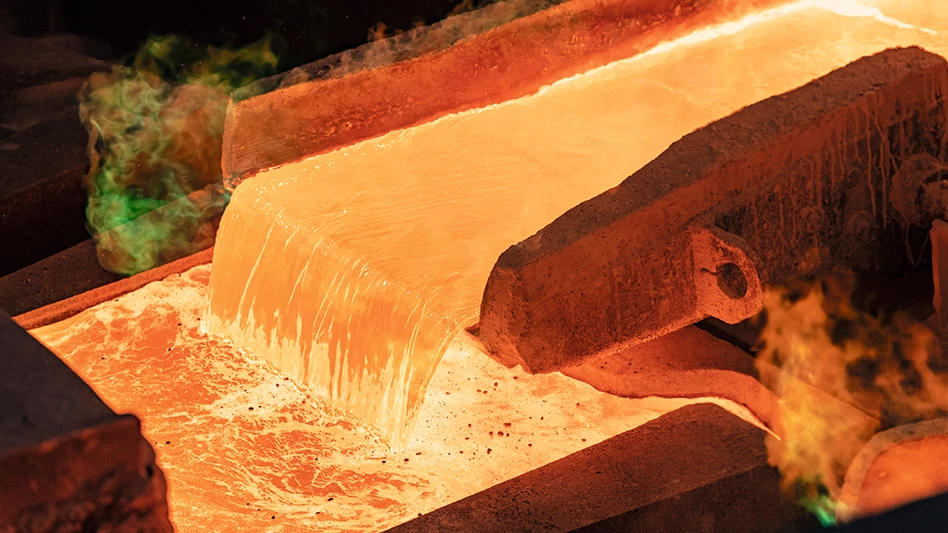ELDAN TIRE RECYCLING SYSTEM TO BE INSTALLED
Maryland Environmental Service (MES) has purchased a complete Eldan Scandinavian Recycling E-4000t scrap tire recycling system from Wendt Corp., Tonawanda, N.Y.
MES has planned a January 2003 start-up at a facility in Baltimore County, Maryland, where the Eldan system is being installed. The plant will process 1.5 million scrap tires annually. The tires will be collected from tire manufacturers, solid waste facilities and scrap yards. The crumb rubber produced will be sold to manufacturers of consumer and industrial products.
On average, four to five trailer loads of tires will arrive at the facility daily and will be unloaded directly into the building. Tire generators will be charged a tipping fee for tires brought to the facility. MES officials say there will be no outside storage of tires and that any tires not in the building will be kept in enclosed trailers.
MES chose the Eldan Scandinavian Recycling equipment after Lee Zeni and Greg Africa of MES toured a facility in Triptis, Germany, last fall that had recently installed a similar system supplied by Eldan SR.
"The technology we saw at the German plant is world-class," says Africa. "We are very excited about this installation. It represents the first complete crumb rubber system supplied by Wendt and Eldan SR in North America."
Tom Wendt Jr. of Wendt Corp. is optimistic the MES installation can generate additional interest in Eldan equipment. "With increased demand for crumb rubber, we expect the MES plant to be a showplace and a model for future installations throughout North America," he comments.
The Eldan E-4000t system installed by Wendt Corp. features a Super Chopper for chopping whole passenger and truck tires into six-inch nominal chucks that are then further processed with the Heavy Rasper. The Heavy Rasper reduces the chunks into chips smaller than ¾ inches, liberating more than 95 percent of the steel wire for magnetic separation.
The minus ¾-inch chips are granulated to minus ¼ inches in Fine Granulator No. 1 and then to minus 1/8 of an inch in Granulator No. 2. The finished product is designed to be more than 99.9 percent free of liberated steel and fiber.

Explore the January 2003 Issue
Check out more from this issue and find your next story to read.
Latest from Recycling Today
- US Steel to restart Illinois blast furnace
- AISI, Aluminum Association cite USMCA triangular trading concerns
- Nucor names new president
- DOE rare earths funding is open to recyclers
- Design for Recycling Resolution introduced
- PetStar PET recycling plant expands
- Iron Bull addresses scrap handling needs with custom hoppers
- REgroup, CP Group to build advanced MRF in Nova Scotia
